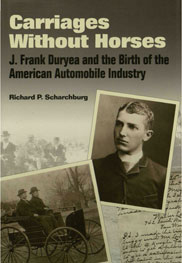Technical Paper
Human Perception of Seat Vibration Quality Pilot Study
2021-08-31
2021-01-1068
Driving comfort and automotive product quality are strongly associated with the vibration that is transmitted to the occupants of a vehicle at the points of contact to the human body, including the seat, steering wheel, and pedals. Of these three contact locations, the seats have the most general importance, as all occupants of a vehicle experience seat vibration. Particularly relevant to driving comfort is the way in which vehicle occupants perceive seat vibration, which may be different than expected considering sensor measured vibration levels. Much of the interest in seat vibration has been focused on internal combustion engine powertrain vibration, especially idle vibration. However, electrification of vehicles changes the focus from low frequency idle vibration to higher frequency vibration sources.

